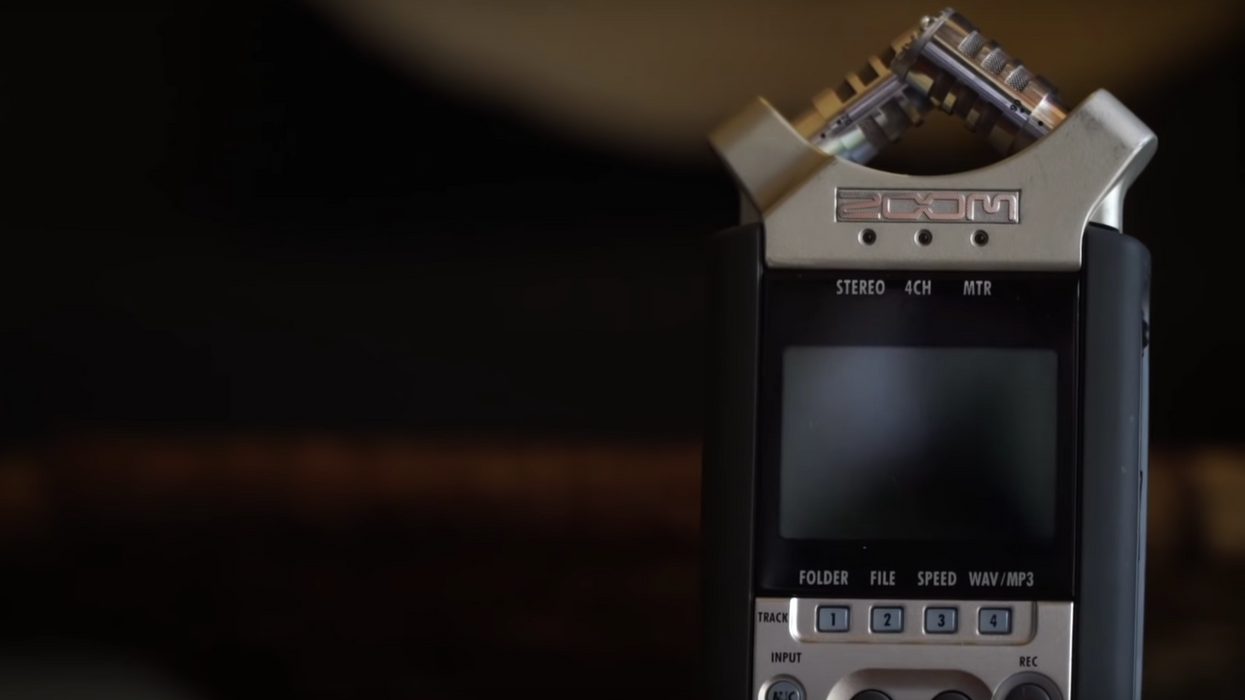Watch: A Few Things to Think About Before Choosing a Mic
There are so many tools out there that record decent audio, each with their own set of advantages and disadvantages.

Audio quality is crazy important, like, more-important-than-the-quality-of-your-video important. You've probably heard filmmakers say that the lion's share of what you have to invest in your film should go to some good sound recording gear, and while they're absolutely right, many of us are out here trying to make movies with pocket lint. So, what kinds of options do we have as no-budget filmmakers? Well, in this video, Zach Ramelan of PremiumBeat goes over several budget-friendly mic options that may not be top-shelf equipment, but will still provide you with the best audio that limited money can buy.
Before you go out and choose a mic, it's important to ask yourself what the needs of your project are. Are you shooting a run-and-gun doc by yourself or a large scale feature with a crew? Will you be recording interviews, narration, or dialogue in wide shots? Once you figure out the unique requirements and challenges of your film, you can then start to narrow your search down.
First of all, don't use your camera's built-in mic. Ever: Seriously, don't. They're all trash.
On-camera mics: These mics tend to have a form factor that works well when mounted directly on your camera, so balance and weight aren't much of an issue. They work pretty well when shooting vlogs, docs, and interviews, but keep in mind that these kinds of mics are basically the "next best thing" to in-camera mics, so don't expect any miracles if your subject is far away from you. One of the more popular on-camera mics is the RØDE VideoMic Pro+ which will only cost you $300, but if you need something less expensive, RØDE's VideoMic Go is only $99 and VideoMicro is only $59.
Shotgun mics: If you're going to be shooting a feature or short, you should really consider buying a decent shotgun mic. Depending on which kind you get, their pickup pattern is directional and will only capture audio from the area in which you point it. (Shotgun mics tend to have a supercardioid or lobar pattern.) The RØDE NTG4 is a decent option at $369, but I've personally had some great results with the $300 Sennheiser MKE 600.
Lav mics: If you're shooting interviews or capturing dialogue in wide shots, lav mics are the way to go. You can go with either a wired or wireless system, the former usually being less expensive and more reliable (no interference to worry about), the latter giving you more mobility and fewer wires to trip over. One popular wireless lav system is the RØDELink system, which is $400, but I admit, I haven't used many lavs, so feel free to share your top picks down in the comments.
External recorders: External recorders are a great piece of audio equipment, especially if they do multiple things, like the Zoom H4n, which allows you to record audio with its built-in X/Y mics, plug in your favorite external mic in one of the two XLR ports, and monitor your audio. Like Ramelan, I've had mine for a million years and it's probably the best $200 I've ever spent. If you're looking for something cheaper, the H1n is $120 and can still handle its own. (No XLR ports though.)
Smartphones: If all else fails, your smartphone may be able to record pretty decent audio. If you need to record some audio but you don't have any mics with you, and you remembered what I said earlier about not using your camera's built-in mic ever, then bust out your phone and put it to good use.
What is your favorite mic in each of these categories? Let us know down in the comments.
Source: PremiumBeat











